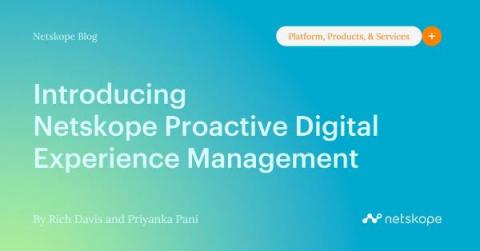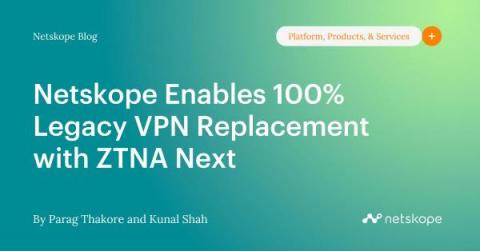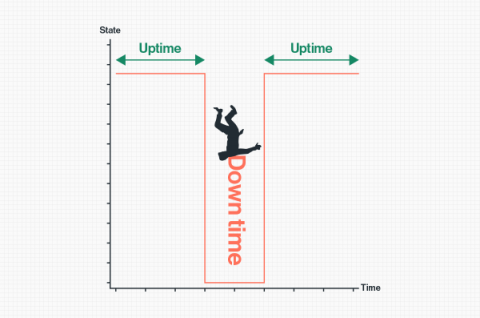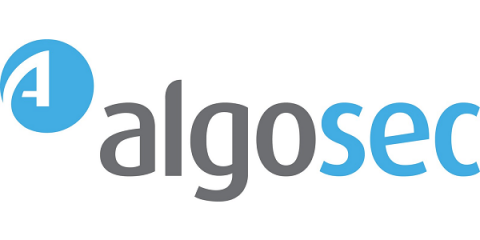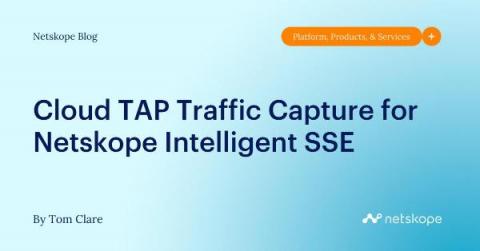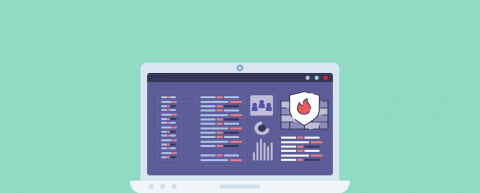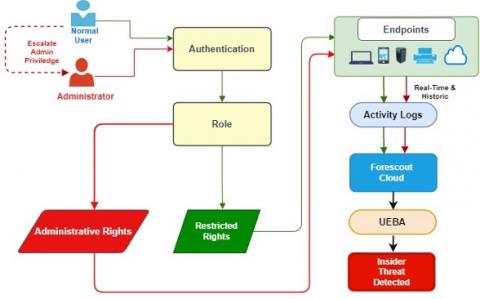Introducing Netskope Proactive Digital Experience Management
When talking to infrastructure and operations teams, one common concern when moving to a SASE architecture is the loss of visibility and control that they have historically been accustomed to. Overnight traffic destined for critical business applications, both private and public, routes through what is often seen as a black box, or in today’s world, more of a “gray cloud.”


